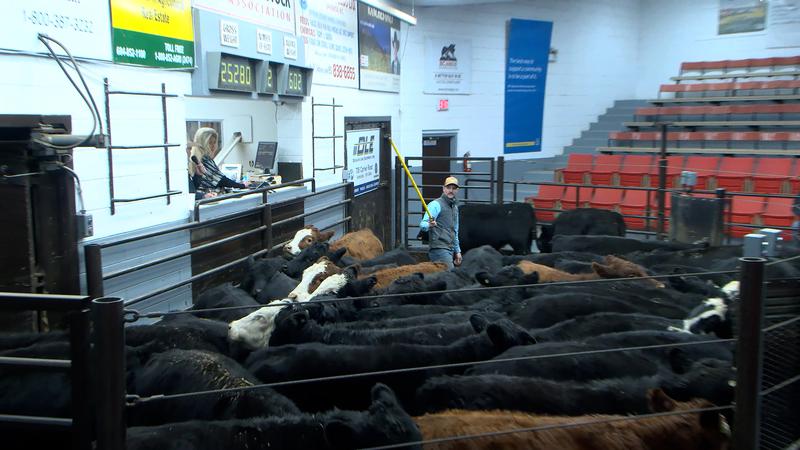
Drought-fuelled hay shortage causing many B.C. ranchers to downsize their herds
KAMLOOPS – Ongoing drought concerns and wildfires have stunted many B.C. hay producers. Many ranchers are finding it more difficult and expensive to feed their livestock and as a result, more calves are being put on the market.
Young cows are being sold for between $3- and $4-per-pound at the B.C. Livestock Auction.
“It’s nice to have them go for a pretty good price… Even though inflation is very high and input costs are really high, it’s nice to be able to at least feel like you’re breaking even and not going into the hole,” Mandi Rogers, owner of Rex Peak Ranch, said after selling 101 calves on Tuesday (Oct. 31).


